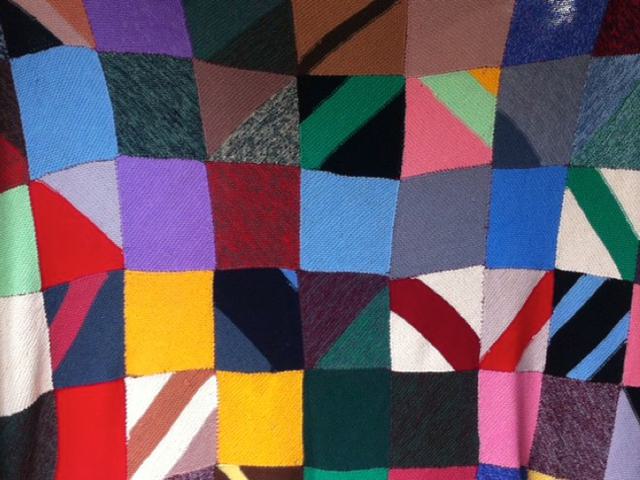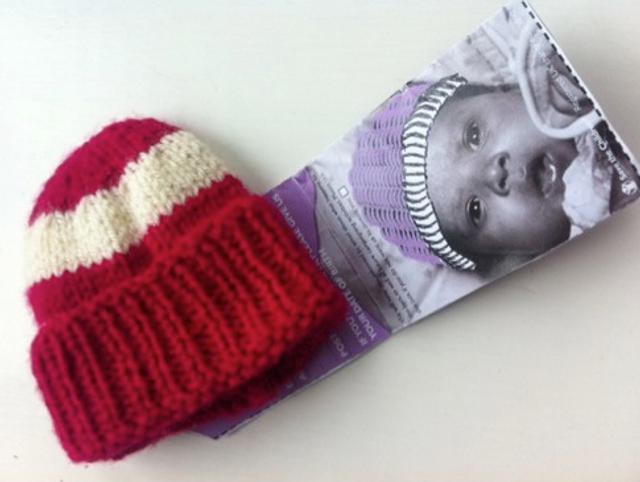Save the Children: knit one save one
- Exhibited by
- Matthew Sherrington.
- Added
- September 09, 2013
- Medium of Communication
- Event.
- Target Audience
- Individuals.
- Type of Charity
- International relief/development.
- Country of Origin
- UK.
- Date of first appearance
- 2008.
SOFII’s view
An old, good idea always wins, especially if you can adapt it to suit the modern world.
Whilst the ‘knit one save one’ campaign was primarily about reinforcing the UK government’s commitment to the Millenium Development Goals, it can be seen as fundraising. SOFII thinks that 800,000 hats being sent to vulnerable babies and possibly saving their lives sounds pretty much like fundraising.
Creator / originator
Save the Children UK.
Summary / objectives
This was conceived as a small-scale campaign, aimed at reinforcing the support of the UK government for the Millennium Development Goals committed to child survival.
The message was that something as simple as knitting a hat could save a child’s life. Supporters were asked to knit a hat and send a message to Gordon Brown, then prime minister, urging him to make saving children’s lives a priority in international development aid.
It was picked up by Paul O’Grady on daytime television, and took on a life of its own.
Background
Back in the 1980s Save the Children UK called on the nation to knit blankets. When knitting started to make a surprising comeback in the 2000s they launched ‘knit one save one’ as part of a campaign to show just how simple it is to help save children’s lives.
Woolly hats help to prevent babies losing vital body heat through their heads. It takes just two mintues for a newborn baby to lose a dangerous two degrees centigrade in body temperature. This makes them more prone to pneumonia – a disease that still kills around two million children each year.
Tibet was one of the destinations for the hats and Tashi Tsering, the programme manager said, ‘Parents do everything they can to protect their babies from the cold. But the most important thing – putting a hat on the baby’s head – is neglected. That’s like leaving a thermos bottle filled with hot water but without a lid.’
Everyone who took part was asked to pin a short message to it asking Gordon Brown to prioritise saving children’s lives and to tell him why the government had to act urgently.
Influence / impact
Half of the 100,000 supporters who knitted 800,000 hats and sent over 40,000 campaign messages to the prime minister were taking part in a campaign for the first time. Fifty MPs knitted hats and were engaged in the campaign, which received celebrity support from Paul O’Grady and, therefore coverage on television, in women’s magazines, and the Sun newspaper.
The campaign spread to other countries, including the USA and Australia.
Merits
Direct fundraising? No. But this is a beautiful campaign that shows what can happen when you make it crystal clear to people the difference they can make. In this case, they will literally save a life by knitting a hat that will protect an infant from hypothermia. They will directly and personally deliver the mission of Save the Children. And because they are being asked to do something so simple, something they love to do anyway, there is no barrier to saying ‘yes, of course I’ll do that’. And the associated campaign action – writing to the prime minister – doesn’t seem like a campaign action at all. And 40,000 people, probably not the usual audience for campaign actions, did it.
SOFII’s Once Upon I Wish I’d Thought Of That 2013 – Matthew Sherrington presents StC.




Also in Categories
Tags
- Product
















